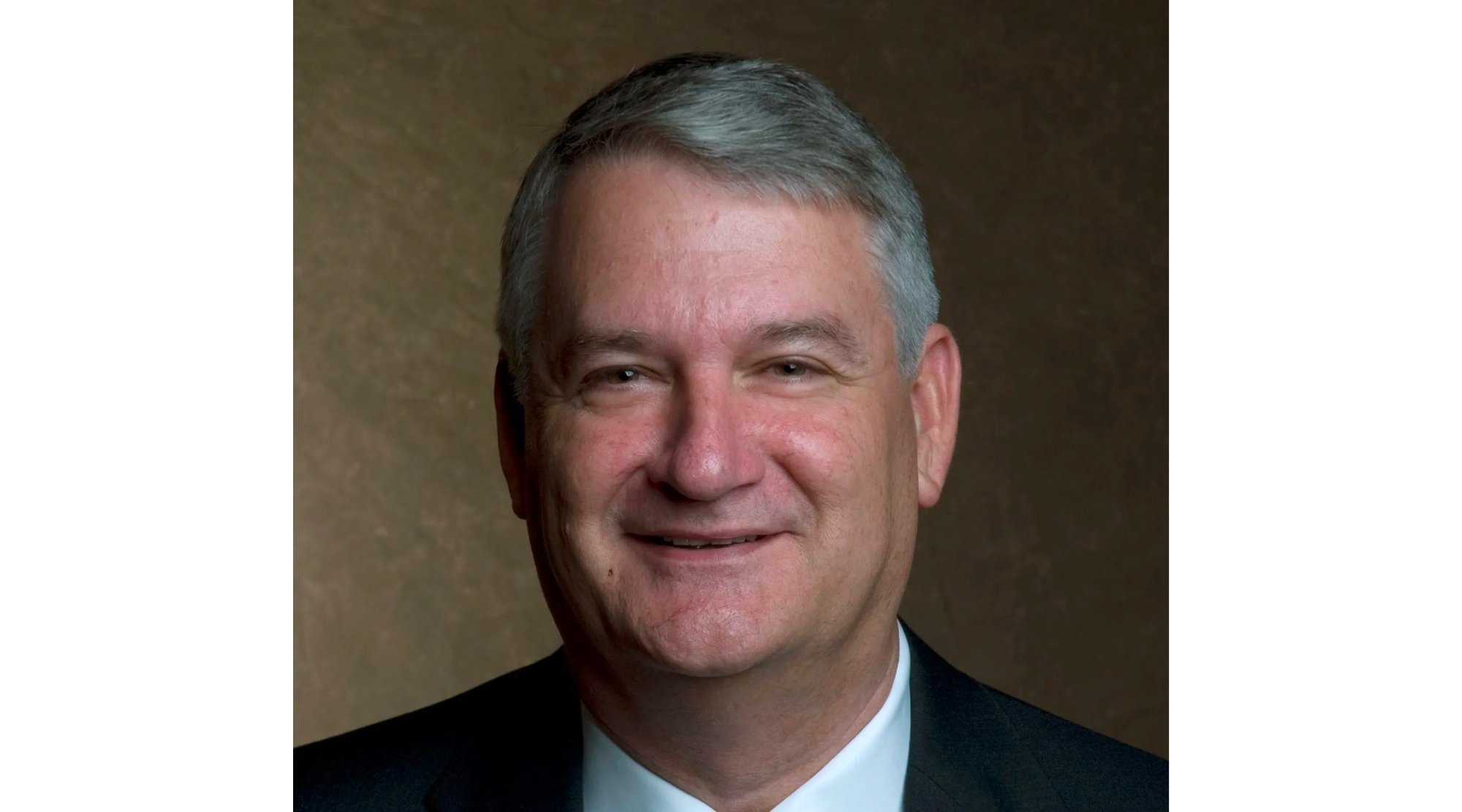Remember the Alamo
Published 3:27 pm Tuesday, October 5, 2010
When we weren’t playing cowboys and Indians, my brother and I would be frontiersmen. I was always Daniel Boone. He was Davy Crockett. Like much of the American public, we got them a bit confused.
Fess Parker, who had played Davy Crockett in the movies, played Daniel Boone on the hit TV series in the 1960s. We tried to be just like the man whom television described as “the rippin’est, roarin’est, fightin’est man the frontier ever knew,”
Over time we collected coonskin caps and stick rifles. We scalped plenty of those Redskins and constructed many a fort over the years to protect the women and children.
You can imagine our excitement when we had the opportunity to visit the Alamo on a cross-country trip when we were in elementary school. Our eyes were wide as we listened to heroics of the brave men led by Davy Crockett, who died defending the Alamo against overwhelming odds.
It was the highlight of our two-week trip and gave us plenty of mental ammunition when we returned home for the resumption of the Indian Wars in the woods behind our house.
While we are visiting San Antonio for a few days, Mary Lou and I took the opportunity to visit the Alamo last night. Bathed in light and in the middle of a bustling city, the Alamo remains a stirring sight. The imagination of a child can still run wild in the mind of this middle-aged man.
For 13 days, a small band of Texans held out against the 6,000 man army of the Mexican General Santa Anna. On March 6, 1836, more than 200 Texas died as the Mexican army finally overwhelmed the fort and mission. Jim Bowie, Crockett and the rest of the defenders’ bodies were stacked in a pile and burned.
We have also visited the place their remains were later buried, the San Fernando Cathedral. Founded in 1731, the Cathedral has been at the center of the cultural and religious life of San Antonio for more than 275 years.
We attended the Mass there on Sunday morning and were struck by many elements of the service and the people attending. The service was crowded, filled with a mixture of people of racial and ethnic backgrounds.
The service was bilingual, not surprising given the large Hispanic population of the area. However, what was surprising was the relatively young age of the congregation. The first song when we walked in was a praise song that we were familiar with. There was a guitar and a piano accompanying the music. The service closed with a mighty pipe organ playing a traditional hymn.
Given some of the struggles churches have these days about the appropriate type of music for worship services, I realized that this church almost three centuries old had it all figured out. Stained glass, a 24-caret gold backdrop and a variety of music styles mattered not; a worship service for the people was taking place.
San Antonio was settled by 16 families from the Canary Islands, of all places. It was part of a settlement plan ordered by the King of Spain. Interestingly enough, the Canary Islanders provided cumin, cilantro and chili peppers to our diet, which are now the mainstays of the Tex-Mex foods so popular today.
Nearly 100 years later, 20 years before the American Civil War, immigrants from Germany began settling the area. This immigration continued until the turn of the century. German influences can still be felt in the communities in and around San Antonio. In fact, St. Joseph’s Church built in 1876 still performs Mass in German once a month.
San Antonio is a place where hundreds of years of history blend easily with modern life. The Riverwalk is an almost magical area where the San Antonio River meanders through the city below street level. Sidewalks pass in front of restaurants and shops with trees drooping over the water.
Boats acting as taxis and tour guides efficiently move people around this part of the city. It is like an amusement park ride and historical tour at the same time. What a masterful job they have done in preserving the history of the area while making it fun and alive in today’s fast-paced world.
There aren’t many places that provide such a great example of what a vision embraced by the people and their leaders can lead to. That vision has been sustained over time and now provides part of the attraction that makes San Antonio the top destination for tourists in Texas.
Spanish, Mexican and German cultures combine to give San Antonio an unusual cultural background. It is now the seventh largest city in the United States and is visited by people from around the world.
Forty-five years after my first visit, I won’t just remember the Alamo when I return home. I’ll remember a great time in a great city.


